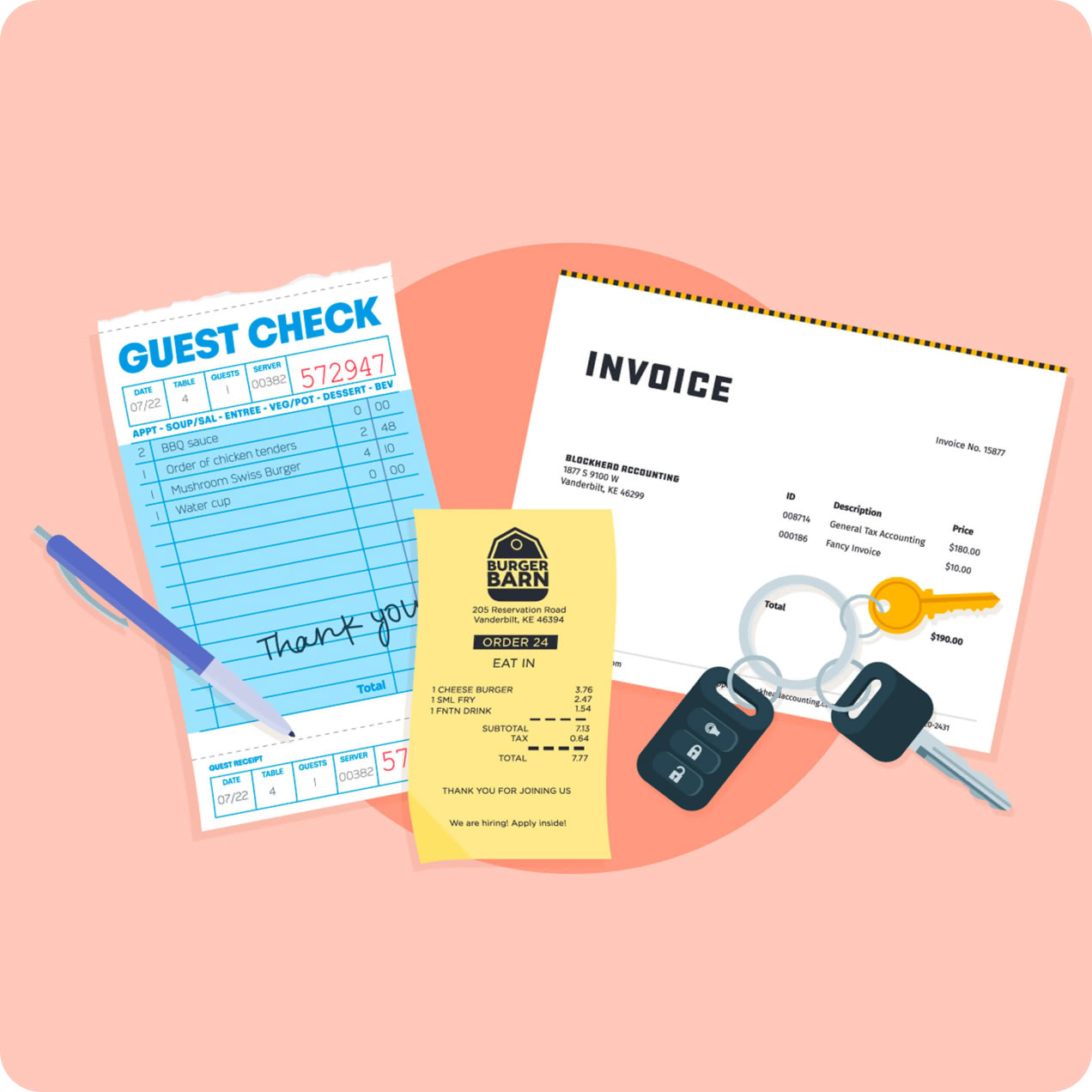ES.H.1: Use a decision-making process to develop solutions to real world problems.
ES.H.3: Demonstrate resilience and perseverance by showing willingness to complete a task.
FL.H.10.a: Align goals with desired lifestyle expectations.
FL.H.14.a: Examine the opportunity costs of saving versus spending.
FL.H.6.a: Interpret the components of a credit report.
ES.H.9: Apply important concepts in reading, writing, mathematics, science and technology to solve real-world problems.
FL.H.10.b: Develop a budget based on calculated income.
FL.H.25.b: Describe steps to recover from fraud and identity theft.
FL.H.6.b: Investigate ways that credit scores can affect a consumer's financial options.
ES.H.7: Demonstrate and evaluate personal responsibility and pride in assigned work (e.g., asking clarifying questions, self-directed learning, self-initiated learning, quality of work).
FL.H.15.c: Examine various types of employer-sponsored retirement opportunities.
FL.H.10.d: Emphasize proactive budget priorities (e.g., pay yourself first, emergency fund, insurance, charitable contributions).
FL.H.10.e: Compare tools for tracking a budget, income and expenditures (e.g., envelope system, paper tracking, online/software options).
FL.H.19: Explain how government uses taxation to generate revenue, manage the economy and discourage/encourage certain behaviors.
FL.H.12: Demonstrate how to use different payment methods including checks, debit cards and digital services.
FL.H.8: Identify why people make financial choices: Evaluate the role of emotions, attitudes and behavior; Recognize responsibility for financial decisions and consequences; Analyze opportunity costs.

